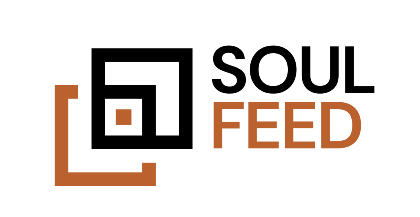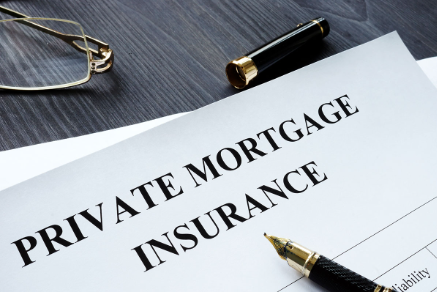https://realestatejot.info/how-to-get-private-mortgage-insurance/
Private Mortgage Insurance (PMI) is a crucial topic for many homebuyers, especially those who are putting down less than 20% of the home’s purchase price. In this guide, we will delve into what PMI is, why it’s required, how to obtain it, and strategies to manage or eliminate it.
What is Private Mortgage Insurance (PMI)?
Private Mortgage Insurance (PMI) is a type of insurance that protects lenders in case a borrower defaults on their mortgage. When a borrower makes a down payment of less than 20% of the home’s purchase price, lenders typically require PMI to offset the higher risk of the loan.
Why is PMI Required?
Lenders require PMI to safeguard their investment. A lower down payment signifies higher risk because the borrower has less equity in the property. PMI provides the lender with a safety net, which in turn allows borrowers to qualify for loans with smaller down payments.
How to Obtain PMI
Obtaining PMI is generally a straightforward process, but it involves several steps:
1. Apply for a Mortgage
When you apply for a mortgage and your down payment is less than 20%, the lender will automatically include PMI in your mortgage agreement. PMI is often paid as a monthly premium, though other options like a one-time upfront premium are available.
2. Choose a Mortgage Lender
Different lenders offer various terms for PMI, so it’s crucial to shop around. Some lenders might offer lower rates or different types of PMI policies. Make sure to compare options to find the best fit for your financial situation.
3. Review PMI Terms
Ensure you understand the terms of your PMI policy. This includes how much you will pay, whether it’s monthly or a one-time upfront cost, and the conditions under which PMI will be canceled.
Types of PMI
There are several types of PMI, each with different costs and characteristics:
1. Borrower-Paid Mortgage Insurance (BPMI)
This is the most common type of PMI, where the borrower pays a monthly premium that is added to their mortgage payment. BPMI can be canceled once the borrower reaches 20% equity in the home.
2. Lender-Paid Mortgage Insurance (LPMI)
With LPMI, the lender pays the PMI premium, but in exchange, the borrower typically accepts a higher interest rate on their mortgage. LPMI cannot be canceled and remains for the life of the loan.
3. Single Premium Mortgage Insurance
This option involves paying the PMI cost in a lump sum at closing. While it requires a larger upfront payment, it can save money over the life of the loan compared to monthly premiums.
Strategies to Manage or Eliminate PMI
Managing or eliminating PMI can significantly reduce your monthly mortgage payments. Here are some strategies to consider:
1. Refinance Your Mortgage
If your home’s value has increased or you’ve paid down a substantial portion of your mortgage, refinancing might be a good option. A new appraisal could show that you now have 20% equity, allowing you to remove PMI.
2. Make Extra Payments
Making additional payments toward your principal balance can help you build equity faster and potentially eliminate PMI sooner. Check with your lender to ensure these payments are applied to the principal.
3. Increase Your Down Payment
If you’re in the process of purchasing a home, increasing your down payment to 20% or more will eliminate the need for PMI altogether. This approach requires more upfront cash but can save you money in the long run.
4. Request PMI Cancellation
Once you believe you have reached 20% equity in your home, you can request PMI cancellation. Your lender will require an appraisal to confirm your home’s value and your equity. Keep records of your payments and any property improvements that could increase your home’s value.
Conclusion
Understanding and managing Private Mortgage Insurance (PMI) is essential for homebuyers who are not able to make a 20% down payment. By exploring different types of PMI, knowing how to obtain it, and implementing strategies to manage or eliminate it, you can make informed decisions that benefit your financial health and homeownership experience.







